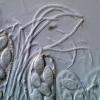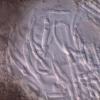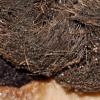
15-12-2025 15:48
 Danny Newman
Danny Newman
Melanospora cf. lagenaria on old, rotting, fallen

15-12-2025 15:54
 Johan Boonefaes
Johan Boonefaes
Unknown anamorph found on the ground in coastal sa

15-12-2025 21:11
 Hardware Tony
Hardware Tony
Small clavate hairs, negative croziers and IKI bb

15-12-2025 07:09
 Danny Newman
Danny Newman
indet. Rutstroemiaceae sp. on unk. fallen leavesMc

15-12-2025 07:05
 Danny Newman
Danny Newman
Pseudosclerococcum golindoi (det: Zotto)near Cosb

15-12-2025 11:49
 Danny Newman
Danny Newman
ITS sequences from the following two collections B

15-12-2025 12:34
 Danny Newman
Danny Newman
indet. Rhytismataceae on oak leafnear Purchase Roa

09-12-2025 12:06
 Andgelo Mombert
Andgelo Mombert
Bonjour,Je recherche l'article concernant Hypobryo


Indeed the measurements of the spores are a bit small but your mushroom still looks like T.cineteus; have you been able to observe the paraphyses which are of two kinds? There is also T.flavidus but the apothecia are normally tinged with yellow; I do not know this last species.
Amitiés.
Michel.

what a nice collection of a Thecotheus-Species!
At first. This is not Thecotheus crustaceus, which has much smaller and uniseriate ascospores. With smooth, non-apiculate and biseriate ascospores in this dimension it may be Th. cinereus or Th. flavidus. For Th. cinereus in my opinion the spores are too small. Aas writes that the spores should be between 36-42 µm. But the spore size agrees very well with Thecotheus flavidus mentioned by Michel. This species has been described by Wang & Kimbrough in 1993 and it is not in the monograph by Aas. The spores are 28-32 x 14-16 µm. Flavidus means that the spores are yellowish while the apothecia are at first pale yellow, finally grayish.


I would also be interested in the article on C.flavidus, thank you!
Regards.
Michel.


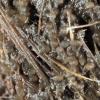
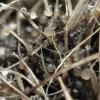
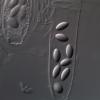
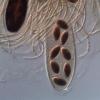
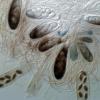
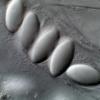
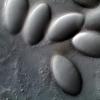
 Mycologia-1993-v85-p1020-0001.pdf
Mycologia-1993-v85-p1020-0001.pdf